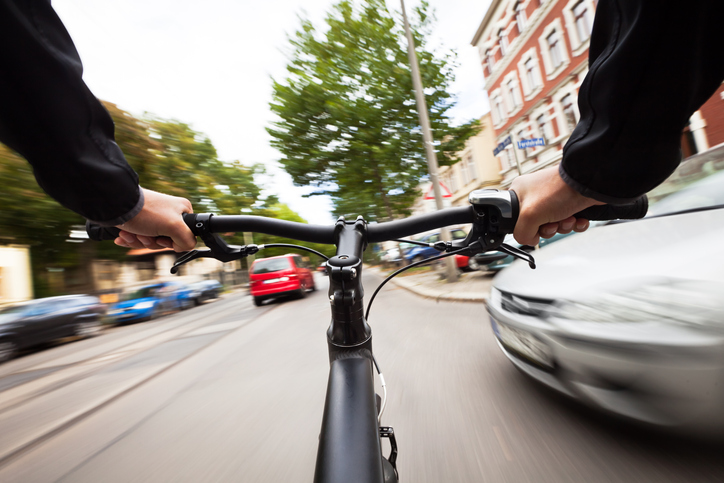Over the past 5 years, there has been an explosion of people taking up cycling. This is in part due to the pandemic, but even before COVID, cycling has served as an alternative method of transportation and recreation. With the increase in cyclers, there has been an increase in injuries and litigation. There are primarily two types of claims. The most serious being auto-cycling collisions. There are also many cycling-cycling claims, especially arising out of group rides.
Cyclers have a legal right to be on the road. Sidewalks are for pedestrians. Many drivers do not understand this concept. Cyclers also have the responsibility to comply with rules of the road and ride with traffic. Cyclers generally stay to the right side of the road and auto drivers need to give clearance of at least 3 feet. If autos are coming from both directions, and there is not enough room to give adequate clearance, the auto behind the cycle should wait for the oncoming auto pass and then pass the cycle. Drivers need to be aware in turning right that cycles may be on their right especially if there is a bike lane on the right side.
When there is a collision between a motor vehicle and a bicycle, and the cyclist makes a claim, the liability insurance for the motor vehicle defends and usually will pay the claim if there is enough coverage. If there is no coverage or inadequate coverage, the cyclist will also claim against their uninsured motorist coverage for their motor vehicle. It is important, therefore, to make sure your uninsured motorist coverage is substantial.
When there is a collision between cyclists, the applicable insurance is usually homeowner’s insurance. Claims between cyclists are rare as injuries are not usually serious.
When a claim is made, the injured person has the burden to show that the person against whom the claim is made was negligent and that the negligence caused the collision and injury. The definition of negligence is failure to act in a reasonable manner. One way to show negligence is to show the defendant violated a rule of the road such as going too fast for conditions, failed to observe that which could be seen, was distracted, or failed to yield when required. The claim is proven by testimony of witnesses, photographs, and sometimes through experts in accident reconstruction.
Cycling injuries are often serious. Cyclists need to be diligent at all times and anticipate that drivers may not appreciate the cyclist being on the road. Front and red lights as well as colorful clothing do make a difference. Helmets are inexpensive, lightweight, and essential to a cyclist’s safety.

Recent Comments